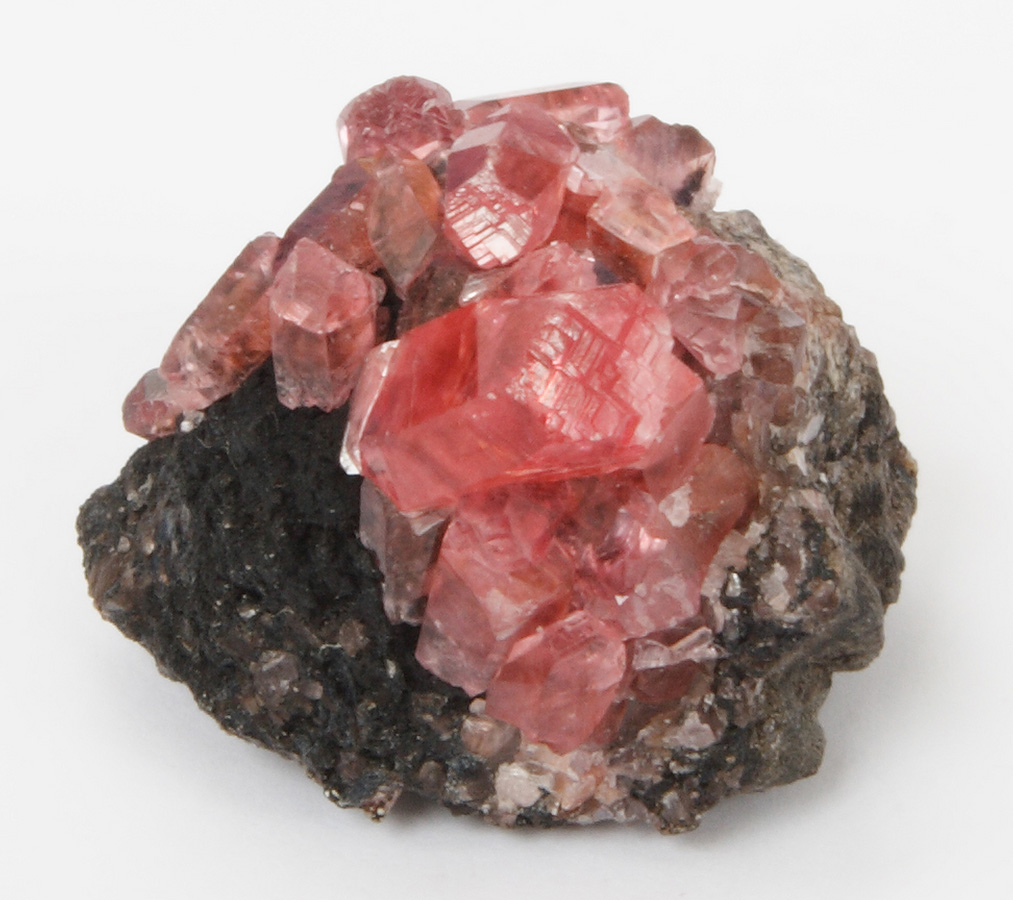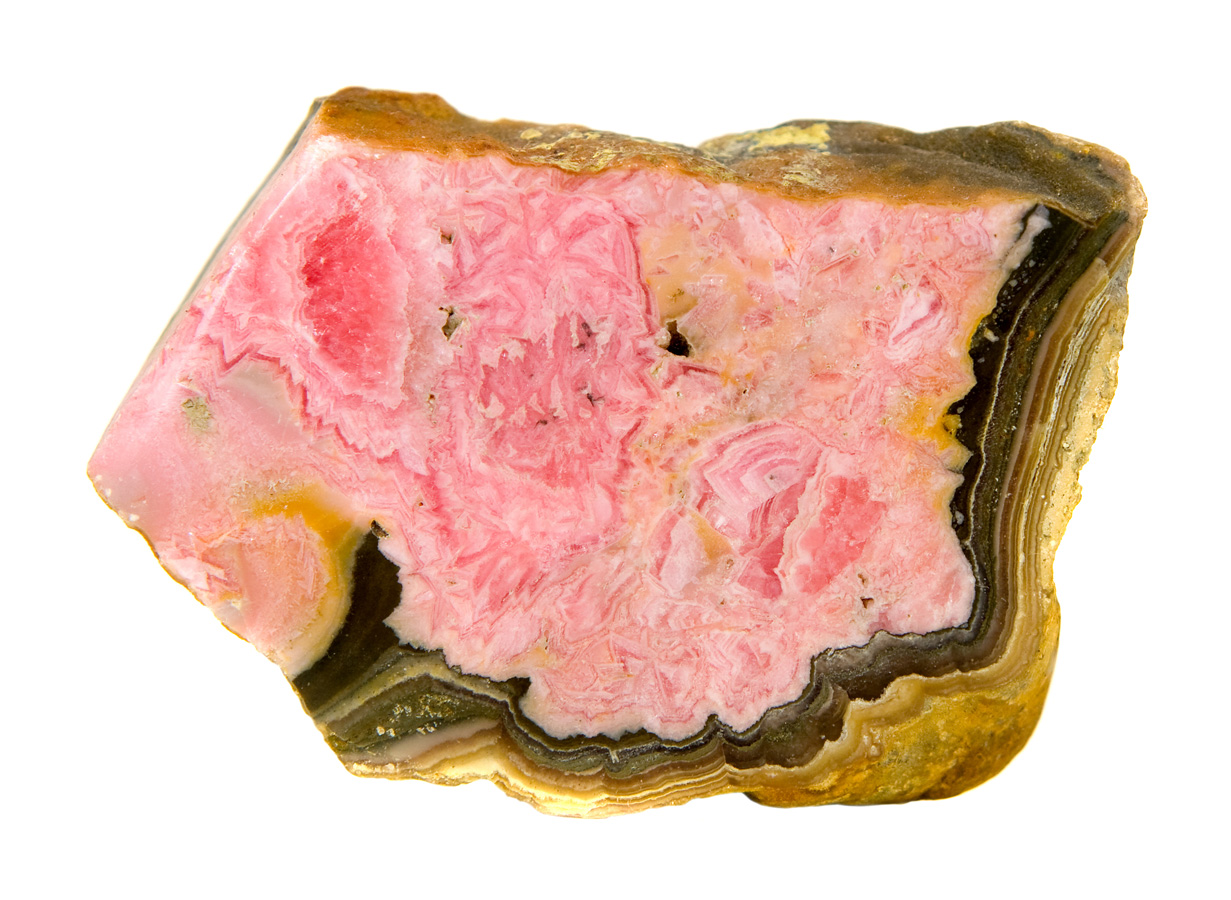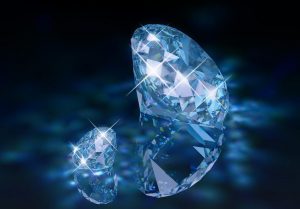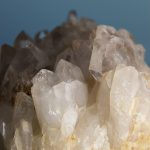Rhodochrosite derives its pink color from manganese. Gem-quality crystals do occur, and are cut for collectors, but the fine-grained, banded rock is more commonly used for decoration.
Rhodochrosite occurs in veins associated with manganese, copper, silver, and lead deposits. Argentina has the oldest mines, and banded rhodochrosite from there is sometimes called Inca rose. Today, the prime commercial sources are in United States.





























Leave a Reply
You must be logged in to post a comment.